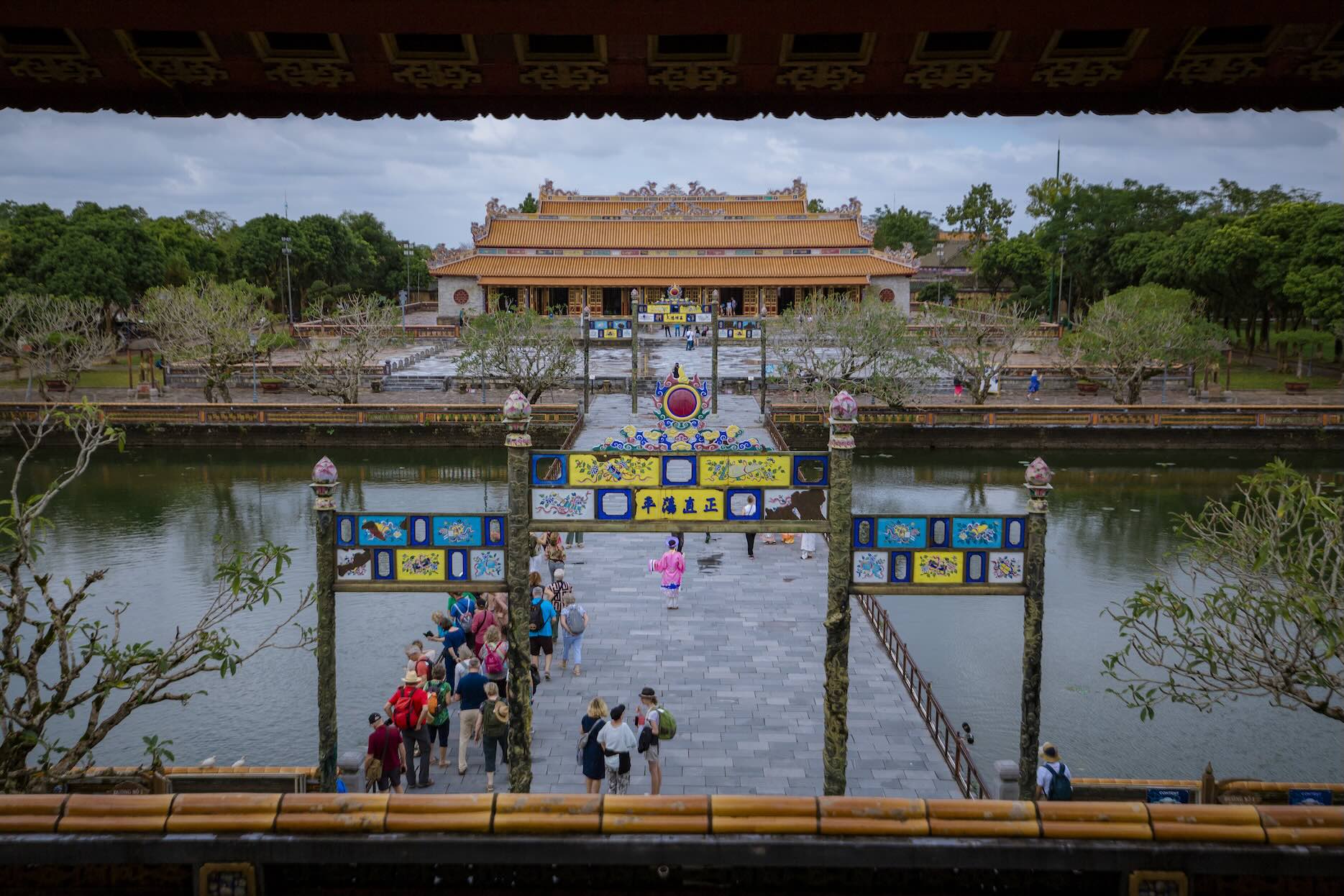The fifth Asia-Pacific Regional Conference of the Organization of World Heritage Cities (OWHC-AP), held in Hue City from October 14-16, focused on a crucial socio-economic issue: How can heritage cities change the way people see heritage from a conservation burden to a driver of sustainable development, thereby improving residents’ quality of life? The main takeaway from the conference sessions is that the answer is to combine the “Living Heritage” concept with smart technology and innovative legal frameworks. Heritage: more than a relic of the past The most urgent issue facing heritage cities in the region is the clash between rapid urban growth and the need to preserve historical sites. This imbalance often damages the outstanding universal value of heritage locations and reduces the quality of life for local residents. In his speech, Lim Hwal, vice chairman of the Gyeongju City Council (South Korea), the city hosting the OWHC-AP Secretariat, redefined the role of heritage. “World heritage is not merely a relic of the past,” he said. “It is a living legacy that continues to breathe and evolve with us today.” He also noted that when preservation and sustainable use work together in harmony, more people can appreciate its true beauty […]
Policies for heritage cities
By Nhan Tam









